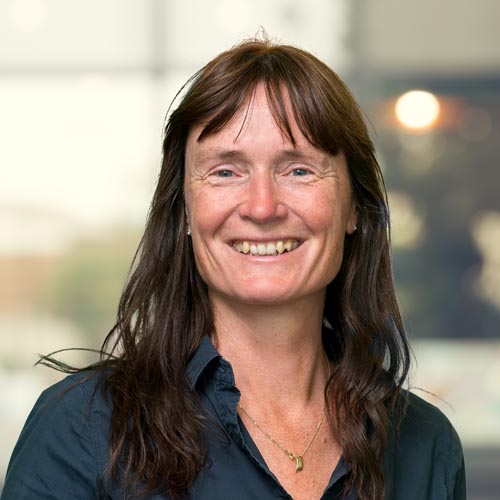TNO starts multi-annual study on the effects of wind turbine shade on solar parks
Together with project partners Heliox and Zwanendal and solar energy producers Vattenfall and Solarfields, TNO has entered into a consortium to investigate the effects of shade on the energy yield of solar parks. Solar energy and wind energy are to some extent complementary and therefore an excellent combination for energy generation. Solar parks and wind parks are being combined at an increasing number of locations. A disadvantage of this combination is that the solar panels may be subjected to the shade of the wind turbines. Little is known as yet about how this affects the solar park performance.
Based on the findings, the consortium will draft recommendations on the application of power electronics and on the design and operation of combined solar and wind farms. The aim is to maximise the energy yield and limit the stresses on and failures of electrical components. The research project will run until the end of 2023. The results will be presented at EUPVSEC, 19 September on 4B07.4
Investigating shade effects
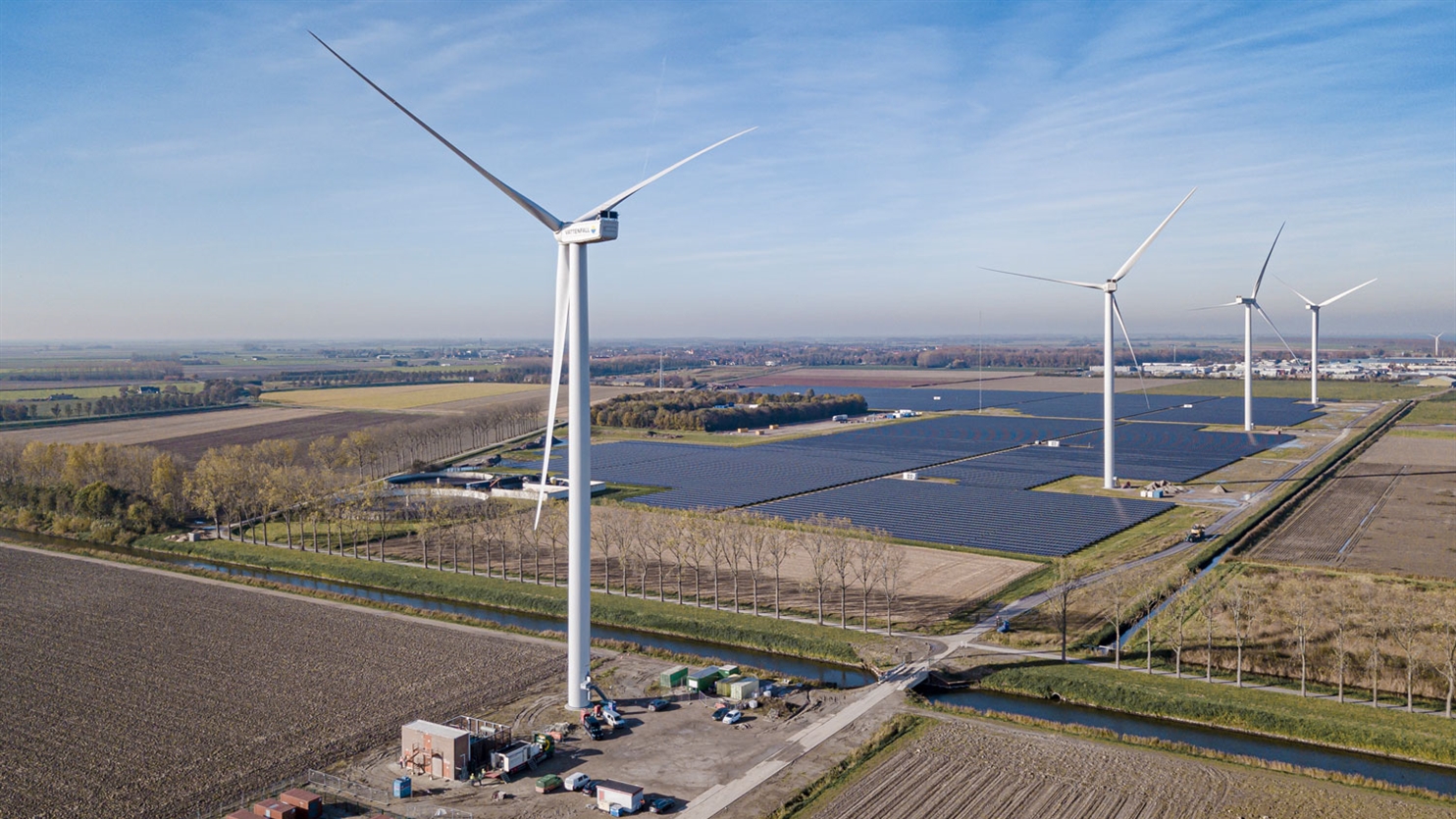
Wind turbines and solar panels are an excellent combination because they can jointly use the same electricity connection without large yield losses, says TNO researcher Nico Dekker:
"Ideally, the wind turbines should be on the north side of the plot and the solar panels on the south side. However, this is not always possible, resulting in shade from the wind turbines on the solar panels. We distinguish on the one hand the slowly moving shadow caused by the turbine tower and on the other hand the dynamic, rapidly moving shadow caused by the turbine blades. The slowly moving shadow can be easily incorporated into the design. However, relatively little is known about the dynamic, rapidly moving shadow, which is why we are going to investigate it.''
An earlier TNO study, in which dynamic shading was investigated on a small scale, showed that a dynamic shadow can lead to greater energy loss than an equally large slowly moving shadow. Application of the right power electronics can reduce this effect and thus also limit the additional load on the installation.
To measure is to know
To determine the effect of shade, TNO will conduct detailed, high-frequency measurements at operational solar parks operated by Solarfields and Vattenfall. TNO's simulation models will be used to determine the effect of slowly moving and rapidly moving shading on the performance of and stresses on solar panels and power electronics such as inverters. Heliox will analyse the stresses on the power electronics and how this relates to the system design and the control algorithms.
Based on this, the project partners will draw up recommendations for the design and selection of power electronics and for the design and operation of combined solar and wind farms. The aim is to maximise the energy yield and reduce the load and failures of electrical components.
Get inspired
Shade screens with rollable solar foil combines energy generation with climate control in greenhouses
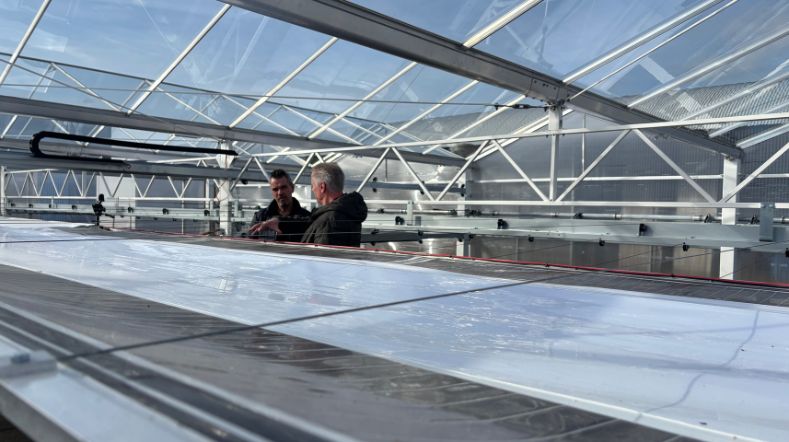

Dutch consortium develops manufacturing technology for perovskite solar cells
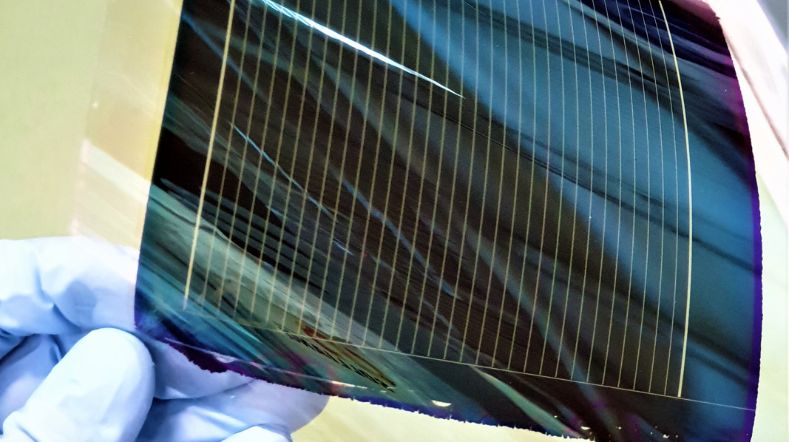

Webinar: Solar energy in Brabant - Building a sustainable future for Europe
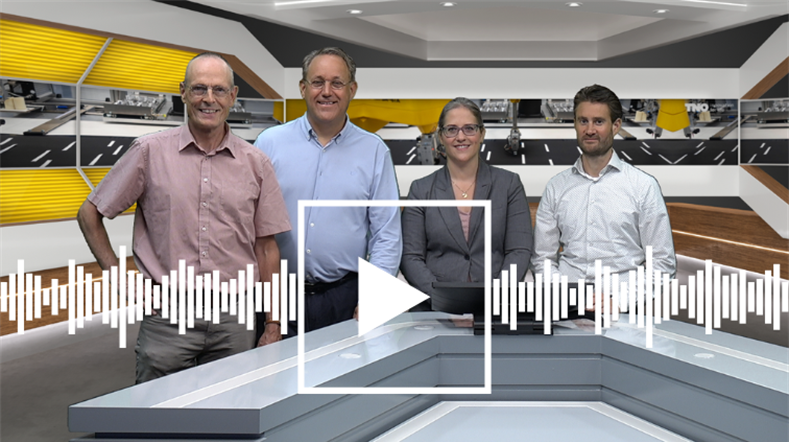

The next generation of solar technologies

Solar panel production back to Europe

